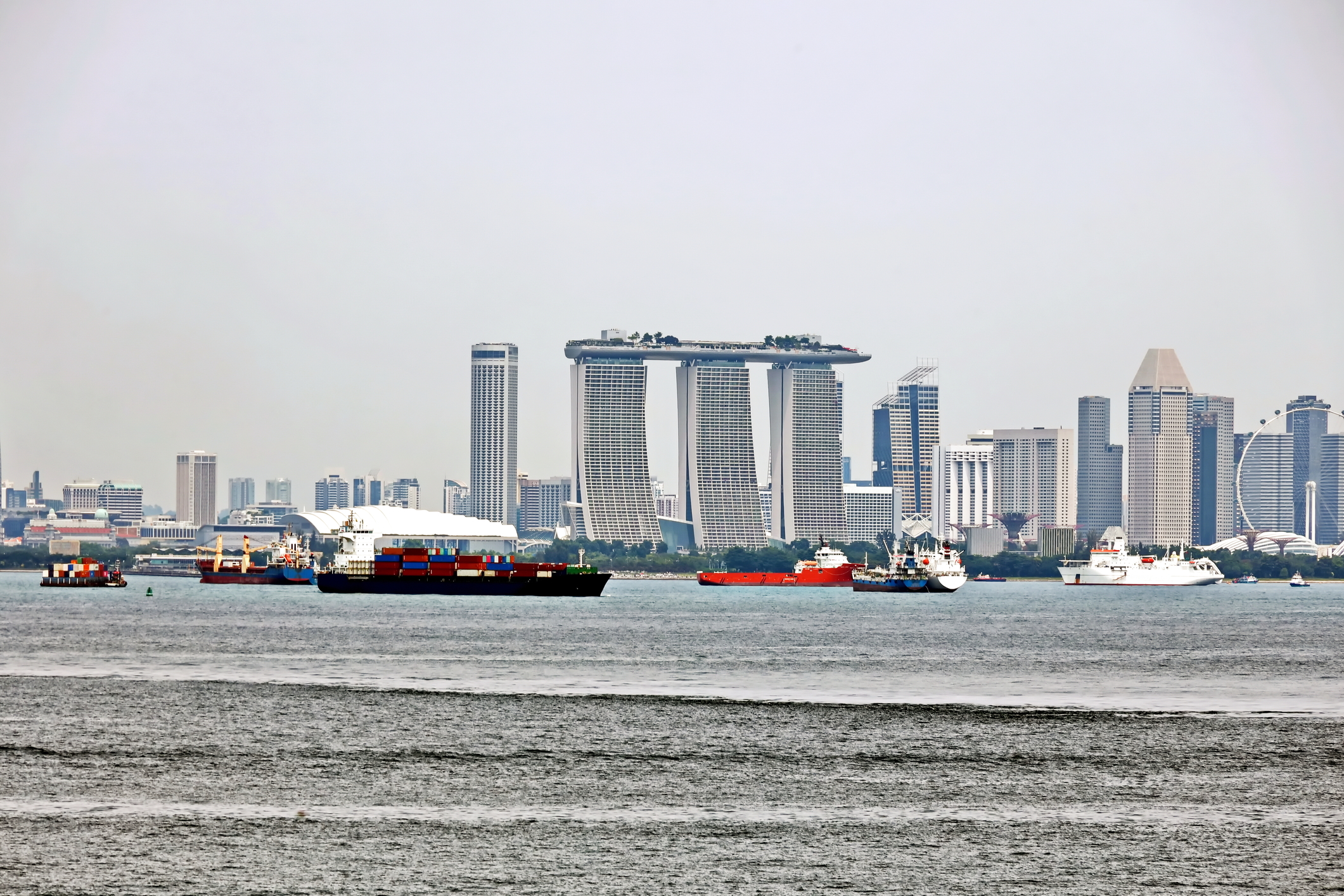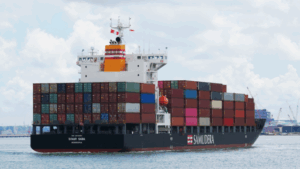A new report has introduced the top container port ranking worldwide. The top five rankings across all categories are heavily dominated by ports in Asia.
Singapore is named the world’s leading container port in the first edition of the Leading Container Ports of the World (LCP) report, an independent global analysis published by class society DNV and Menon Economics.
Shanghai and Ningbo-Zhoushan follow in second and third place, with Rotterdam and Busan completing the global top five.
The report compares leading practices of 160 ports against 35 indicators grouped into five pillars: enablers, connectivity and customer value, productivity, sustainability, and overall impact.
According to DNV, these indicators are based on objective data, such as throughput volumes, berth productivity, emissions per Twenty-foot Equivalent Unit (TEU), and alternative fuel availability, and are complemented by expert assessments from shipping stakeholders.
Singapore achieved the highest overall score, leading in all five pillars of the ranking, followed by Shanghai (China).
These two were followed by Ningbo-Zhoushan (China) in third, Busan (South Korea) in fourth, and Rotterdam (Europe) in fifth place.
In addition to the global ranking, the LCP report features regional rankings, with New York & New Jersey, Hamburg, Tanger Med, Jebel Ali and Sydney recognized as leaders in their respective regions.
“Container ports quietly underpin much of the global economy,” commented Knut Ørbeck-Nilssen, chief executive officer maritime at DNV. “Every year, they move more than 930 million TEUs, supporting the flow of goods that keep businesses running and communities supplied. As global trade patterns shift and the industry faces new pressures, ports that are able to adapt, communicate clear strategies, and invest in future-proofing their operations will continue to lead and set the pace for the sector’s evolution.”
While some ports did not rank among the top, DNV says that many port authorities across regions demonstrate a forward leaning mindset and are actively investing to close these gaps, a trend clearly reflected in the report.



